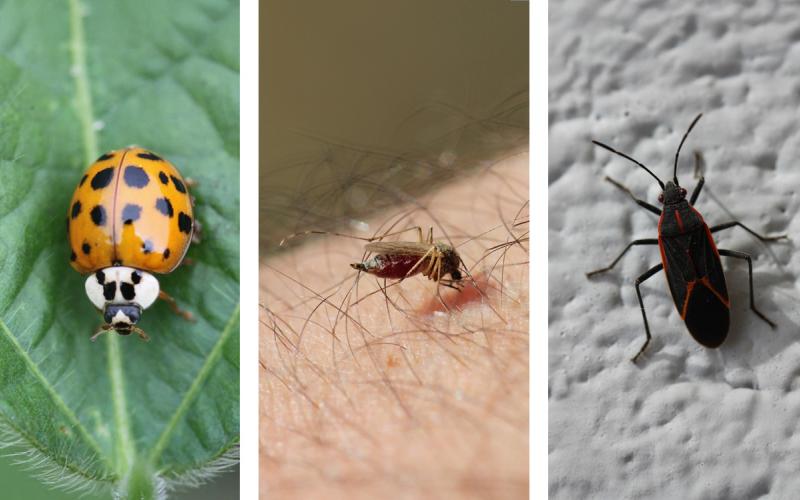
Written collaboratively by Adam Varenhorst, Patrick Wagner, Amanda Bachmann, Philip Rozeboom, Brady Hauswedell, and Cole Dierks.
Soybean aphid populations were fairly sparse in 2016; however, some fields still reached the 250 threshold and were sprayed. Historically, soybean aphids tend to be more of an issue during odd numbered years. Soybean aphids may be more of an issue in 2017 as a result. While scouting fields this week, we observed winged (alate) soybean aphids in Southeast South Dakota (Figure 1). Although no sustained populations were observed, it is a good reminder that soybean aphid scouting should occur throughout the growing season to prevent population outbreaks.
Scouting Soybean Aphids
There are two methods that can be used to scout for soybean aphids:
Traditional Method
The first option is the traditional method where 20 plants from multiple locations spread throughout a field are examined for soybean aphids. When soybean aphids are present, they are counted and plants that reach or exceed the 250 aphid/plant threshold are recorded. Management is necessary when at least 80% of the plants are infested with 250 or more soybean aphids. One of the issues with this method is that it can be time consuming.
Speed Scouting
There is an alternative method for scouting soybean aphids that is referred to as Speed Scouting. For this method, 11 plants are first examined and each plant is marked either positive or negative depending on the number of aphids present. Plants are marked positive if more than 40 soybean aphids are observed on a single plant, and negative if there are less than 40 soybean aphids. If 11 plants are positive, then management should be implemented after revaluating the field 3-4 days later. If 7-10 plants are positive, then additional plants should be scouted until a decision can be made. If 6 or fewer plants are positive, the field should be scouted one week later.


